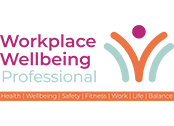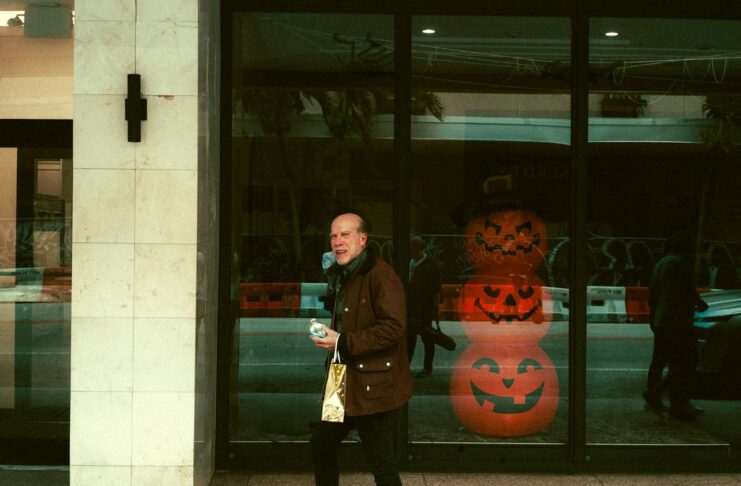This Halloween, experts are warning that some of the most chilling forces haunting modern workplaces are not ghosts or monsters but everyday patterns of overwork, fear and disengagement.
A growing number of employees are logging in, showing up and replying to messages, yet are mentally checked out or close to breaking point. Beneath the surface of productivity lies what one expert calls a “silent crisis” of burnout, anxiety and digital exhaustion.
Ryan Zhang, workplace productivity expert and founder of transcription software company Notta, has identified five emerging “horror stories” for employers and staff in 2025 — from ghostworking to job hugging — that are eroding wellbeing and performance across sectors.
- Ghostworking: When Employees Are Present but Not Productive
Ghostworking describes employees who appear busy, logging into meetings, sending messages or checking in on Slack, but are mentally elsewhere. They are disengaged, unmotivated or quietly job-hunting while maintaining a digital façade of productivity.
Why it’s scary
It is nearly impossible to detect in remote and hybrid teams. Managers see green “online” dots, not real engagement. According to a State of the Global Workplace 2025 report, only 21% of employees worldwide are engaged, costing the global economy $438 billion in lost productivity.
For employees, ghostworking means stagnation and stress. For employers, it creates invisible waste, with teams that look active but deliver little output.
“Ghostworking is the silent drain on enterprise productivity,” said Zhang. “When people show up digitally but not mentally, the cost compounds across every meeting, project, and deadline.”
- Quiet Cracking: The Burnout You Can’t See Coming
Unlike “quiet quitting”, where employees stop going above and beyond, quiet cracking happens when they stay but mentally break down under constant pressure. They keep performing, but each week chips away at their wellbeing and motivation.
Why it’s scary
These employees do not resign, and companies assume everything is fine until output drops or health crises hit. Research from a Workplace Burnout Report 2025 found that 82% of employees are at risk of burnout this year.
It is a crisis, experts say, that does not announce itself until productivity falls or mental health leave spikes.
“Quiet cracking is more dangerous than resignation,” warned Zhang. “When people stay but stop caring, culture collapses silently from within.”
- Digital Presenteeism: The Always-On Culture That’s Breaking Workers
Digital presenteeism is the new form of overwork. Workers feel pressured to stay online late, reply instantly, or attend meetings after hours to prove dedication.
Why it’s scary
A 2025 Work Trend Index found that after-hours meetings have surged 16% year on year, with 20% of professionals working weekends and 5% logging in on Sunday nights.
It means blurred boundaries, exhaustion and declining mental health, and fuels burnout and false productivity metrics, with busy screens hiding declining creativity.
Zhang explained: “Digital presenteeism gives the illusion of productivity. Real productivity thrives on focus and recovery, not exhaustion.”
- Job Hugging: Staying Put for the Wrong Reasons
The opposite of job-hopping, job hugging describes employees who cling to their roles out of fear, reluctant to move, reskill or take risks amid economic uncertainty and layoffs.
Why it’s scary
While turnover looks stable, internal mobility and innovation stall. Workers become complacent, skills go stale and companies face a hidden stagnation crisis. The latest engagement data show disengagement is growing, with 62% of employees describing themselves as “checked out” or “watching the clock”.
“Job hugging feels safe, but it’s quiet decay,” said Zhang. “When people stay stuck, companies lose momentum.”
- FOBO — The Fear of Becoming Obsolete
Coined from the tech world, FOBO captures the fear that one’s job or skills will be replaced by automation or artificial intelligence. This anxiety drives people to overwork, hide mistakes or resist innovation.
Why it’s scary
A survey found that half of American employees now use AI tools in secret, fearing judgement or replacement. That secrecy signals mistrust and anxiety across the workforce.
“FOBO is the new career anxiety,” Zhang noted. “When people fear being replaced, they stop playing to win.”
Why These Trends Terrify Businesses
Taken together, these patterns reveal how modern work pressures are eroding both wellbeing and organisational performance from within.
- They are hard to see. Each trend hides behind normal metrics such as attendance, login time and retention.
- They are spreading fast. Burnout moves through teams via norms and peer pressure.
- They are costly. Low engagement alone costs the global economy $438 billion each year.
- They are corrosive. When employees lose trust, the best talent disengages first, and the rest follow.
Zhang believes the solution lies not in stricter monitoring but in clarity, communication, and smarter collaboration.
“When companies capture and share what really matters, they replace fear with focus. The scariest trend of all is silence, where problems remain hidden because no one is truly listening. If 2025 teaches us anything, it’s that productivity starts with awareness.”


